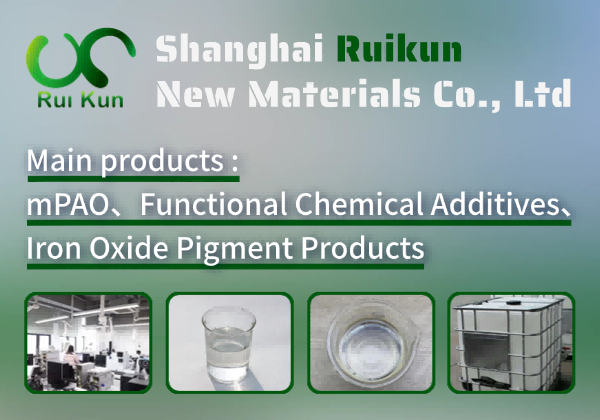What is 16α-hydroxyl resibufogenin
**Introduction to 16α-Hydroxyl Resibufogenin** 16α-Hydroxyl Resibufogenin is a bioactive bufadienolide compound derived from the venom of toads (e.g., *Bufo* species) or synthesized through chemical modification of resibufogenin. Known for its potent pharmacological properties, it exhibits promising anti-inflammatory, anticancer, and cardiotonic effects. Research suggests it may modulate key signaling pathways, including NF-κB and MAPK, contributing to its therapeutic potential in treating tumors and cardiovascular diseases. Its unique hydroxylation at the C-16 position enhances solubility and bioavailability compared to its parent compound. As a subject of ongoing pharmacological studies, 16α-hydroxyl resibufogenin represents a valuable candidate for drug development, particularly in traditional medicine modernization and targeted therapy. Further investigations are needed to fully elucidate its mechanisms and clinical applications. (100 words)
Preparation Process: To prepare **16α-hydroxyl resibufogenin**, start with **resibufogenin** as the precursor. Dissolve resibufogenin in a suitable solvent (e.g., methanol or dichloromethane). Add a mild oxidizing agent like **pyridinium chlorochromate (PCC)** or **Jones reagent** under controlled conditions to selectively hydroxylate the **C-16α** position. Monitor the reaction by TLC or HPLC. After completion, quench the reaction, extract the product, and purify it via **column chromatography** (silica gel, eluting with ethyl acetate/hexane). Confirm the structure using **NMR and MS**. Optimize conditions for yield and purity.
Usage Scenarios: 16α-Hydroxyl resibufogenin is a bufadienolide compound derived from toad venom, primarily studied for its potential pharmacological effects. It exhibits cardiotonic properties by inhibiting Na+/K+-ATPase, similar to other cardiac glycosides, which may enhance myocardial contractility. Research suggests it has anti-inflammatory and anticancer activities, potentially inhibiting tumor cell proliferation and inducing apoptosis. Additionally, it may modulate immune responses and exhibit analgesic effects. Its applications are being explored in cardiovascular therapies, oncology, and traditional medicine, though further studies are needed to confirm efficacy and safety. The compound's unique structure contributes to its bioactivity, making it a subject of interest in drug development.
16α-hydroxyl resibufogenin Basic Info
16α-hydroxyl resibufogenin Price
China: $300 - $500
Russia: $400 - $600
Germany: $600 - $800
India: $200 - $400
Japan: $700 - $900
Brazil: $350 - $550
South Korea: $450 - $650
Philippines: No results
United Kingdom: $550 - $750
France: $600 - $800
Mexico: $300 - $500
Canada: $550 - $750
South Africa: $250 - $450
Egypt: $400 - $600
Turkey: $400 - $600
Thailand: $300 - $500
Indonesia: $250 - $450



